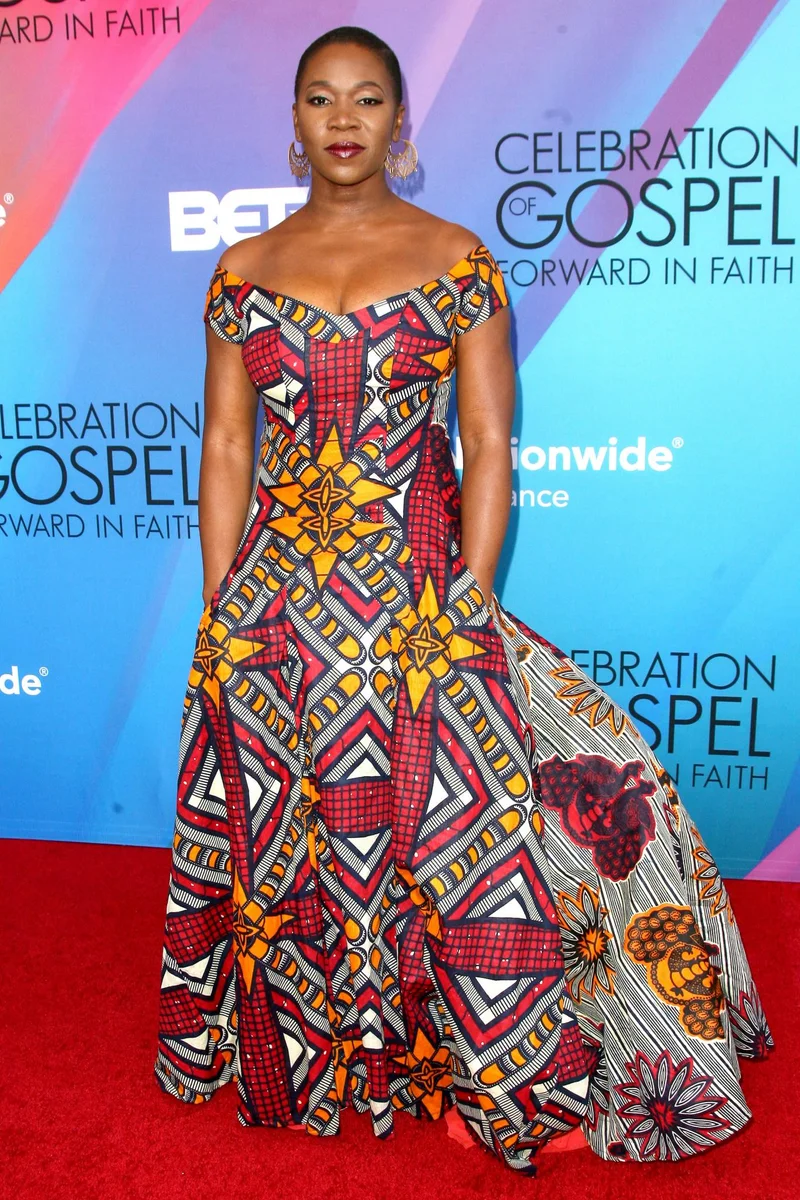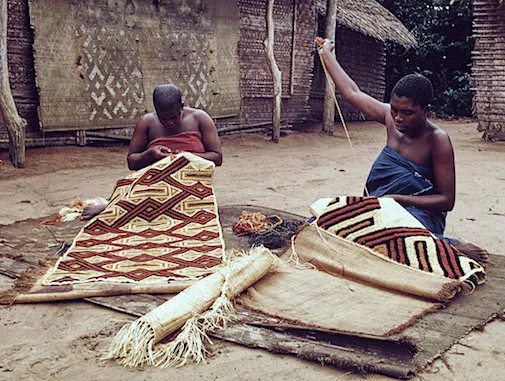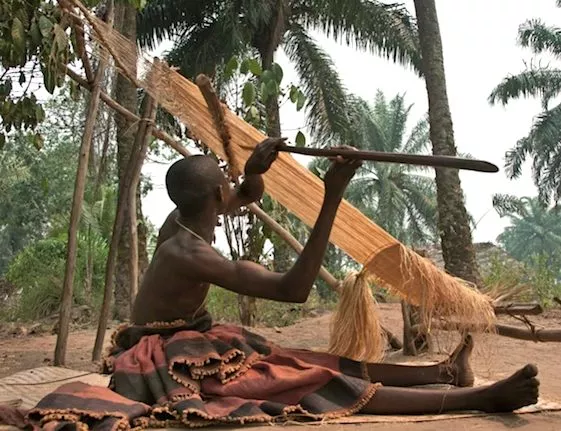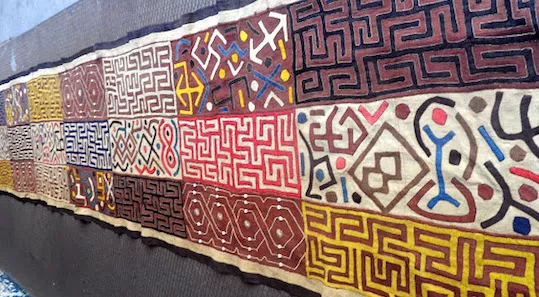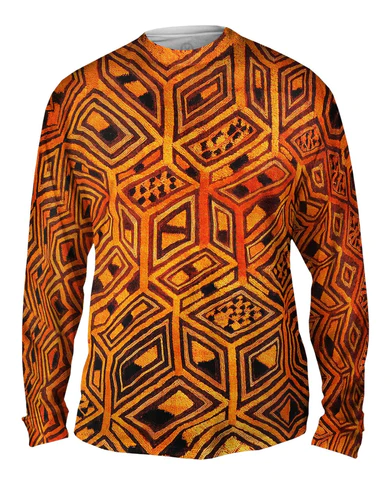In recent years, a captivating trend has been sweeping through Hollywood and the American entertainment industry. American celebrities increasingly embrace African fashion, donning traditional attire, vibrant prints, and Afro-inspired designs on red carpets, magazine covers, and social media. This article delves into the phenomenon of American celebrities adopting African fashion, exploring the cultural exchange, diversity celebration, and positive impact on the global fashion landscape.
Embracing African Fashion: A Cultural Exchange
Redefining Glamour with African Fashion: A Style Revolution
Historically, red carpet-events have predominantly featured glamorous Western designs. Yet, American celebrities incorporating African fashion into these high-profile occasions challenge this norm, bringing diversity to the fashion landscape. Their choices send a powerful message of inclusivity, urging designers to explore inspiration from a more extensive array of cultural impacts.
The influence of American celebrities reaches far beyond Hollywood. Their adoption of African fashion sets trends ripple through the broader fashion industry. From fashion runways to retail stores, the impact is evident as African-inspired prints, patterns, and designs become sought-after elements in contemporary fashion.
Elevate African Fashion: A Global Glam
American celebrities have become influential advocates for African designers. By choosing to wear creations from designers across the continent, they provide a global platform for these talents. This exposure not only catapults African designers into the international fashion scene but also contributes to the economic empowerment of the African fashion industry.The growing trend of American celebrities embracing African fashion marks a significant shift in the global fashion landscape. It represents more than a stylistic choice; it celebrates diversity, a platform for African designers, and a powerful cultural exchange. As celebrities continue to showcase their love for African fashion, the ripple effect is felt in the entertainment industry, shaping a more inclusive and diverse future for fashion worldwide.
Through African attire, American celebrities weave a global tapestry of style, celebrating the beauty of diversity. - La Djalobienne Eton
References:
https://www.essence.com/fashion/adorned-african-prints-16-sensational-looks-celebs/
https://afroculture.net/black-celebrities-in-traditional-clothes/
https://www.fashionlady.in/hollywood-celebrities-in-ankara-prints-making-heads-turn/85162
https://grass-fields.com/en-us/blogs/news/13-celebrities-rocking-african-wax-print-fabric




